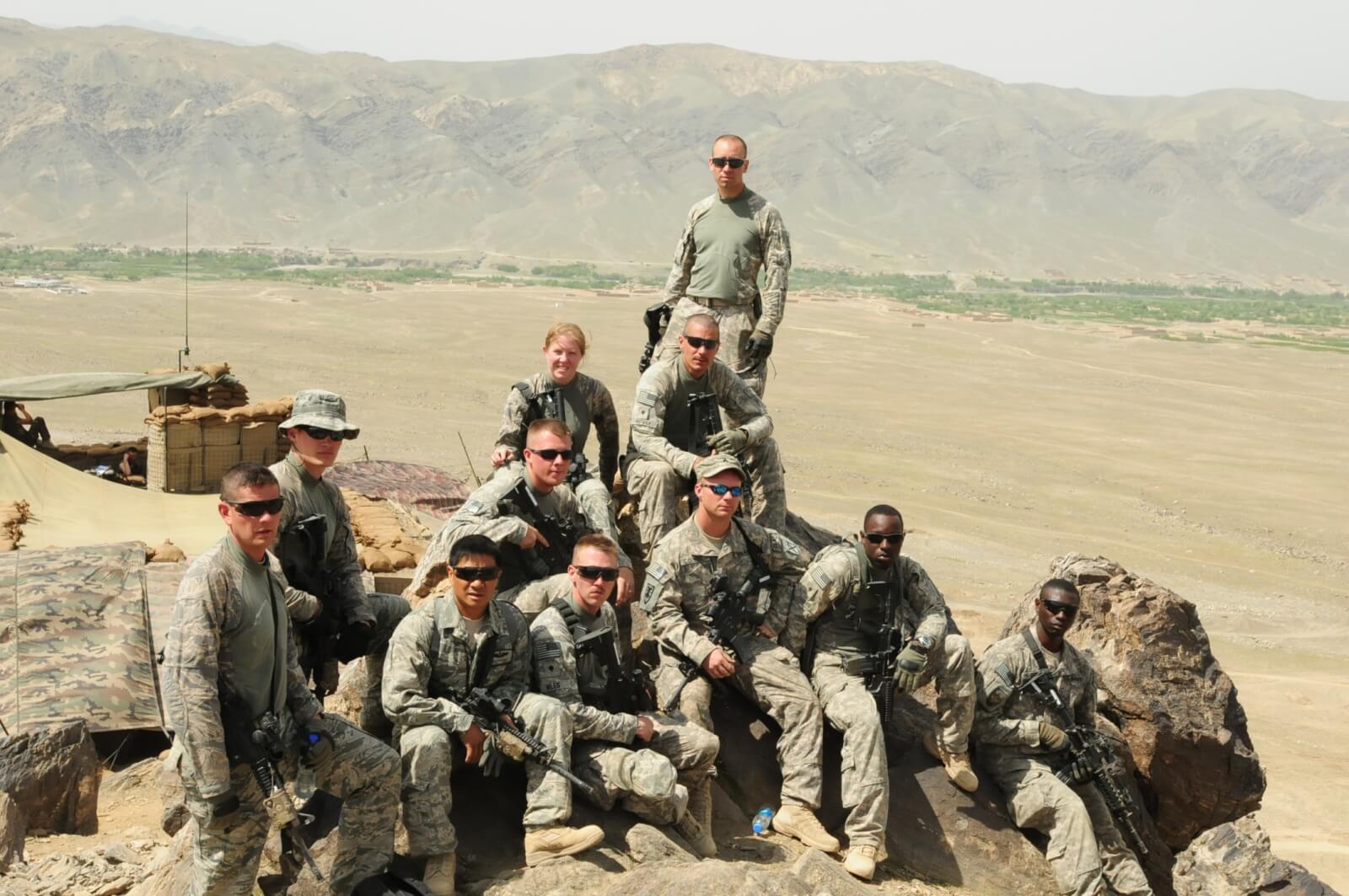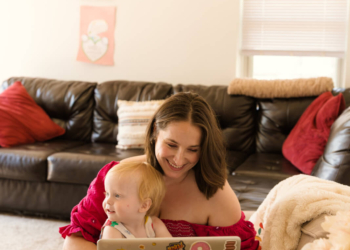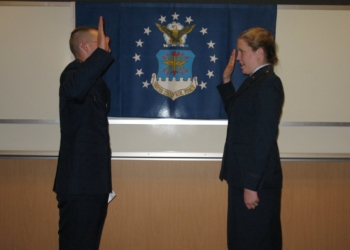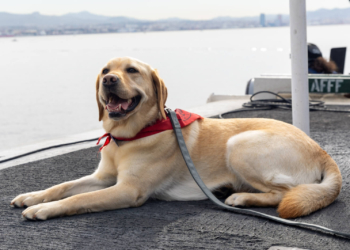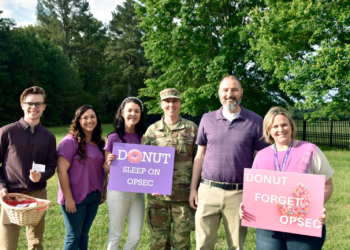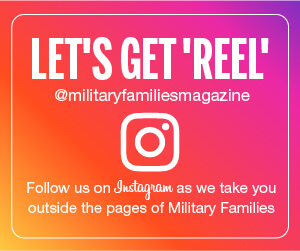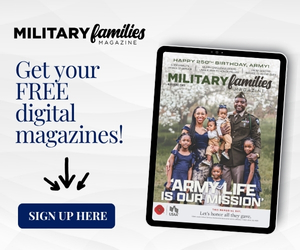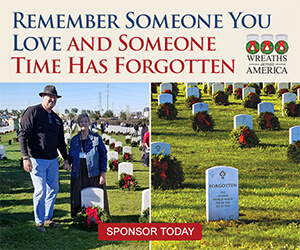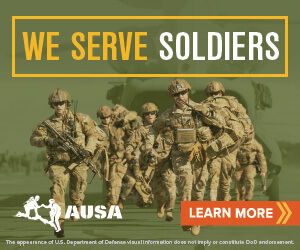Confirmation hearings began this week for the incoming Trump administration’s pick for Secretary of Defense, Army National Guard veteran Pete Hegseth. His nomination drew headlines for past comments made about women serving in combat. As a woman who has deployed to Afghanistan, the answer to this debate has already been answered by history.
Sen. Jeanne Shaheen shared during today’s Senate Armed Services Committee hearing old comments by Hegseth declaring, “I’m straight up just saying we should not have women in combat roles.” She then submitted for the record a chapter of his book that outlines his opposition to women in combat, according to AP reporting. Sen. Kirsten Gillibrand added, “You will have to change how you see women to do this job.”
Hegseth doesn’t have to look too far to find examples of how women helped create a stronger force, including contributions to combat zones.
During World War II, women backfilled roles at home for pilots so more men could go overseas. At the war’s end, they were not recognized or given the veteran benefits they were promised. Many of these women who had been pilots before World War II found themselves outside of a career that had once been part of their future plan. The Women Airforce Service Pilots (WASP) ferried planes from factories to bases, transported cargo, and even trained male pilots how to strafe targets, according to the Defense Logistics Agency. The story of the nearly 1,000 WASPS who served and 38 who died was almost lost to history until the 1970s when they decided they had been silent long enough.
It is sad to think that it took almost 30 years for women again to be allowed to serve as military pilots. This is not because they sat quietly but instead faced roadblock after roadblock eventually clearing the way for women to be allowed back in the pilot seat again. Women today who served and helped open doors for women in combat roles are continuing to fight and let their voices be heard because we lived through it. We not only deserve a seat at the table but also were desperately needed to meet the mission in both Iraq and Afghanistan.
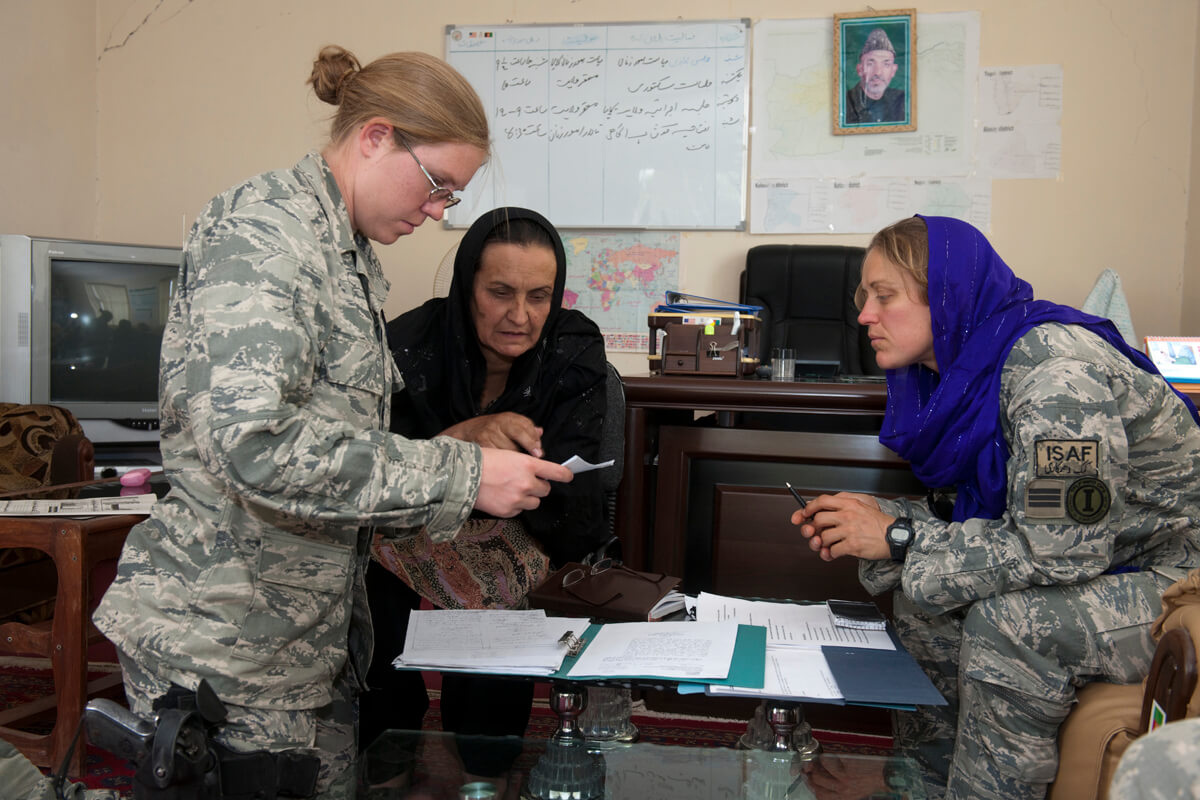
Just like the women of WWII, women were called to fill roles that were outside the norm during Operation Iraqi Freedom and Operation Enduring Freedom (Afghanistan). The military found themselves missing intel that could only be gathered from women. Because of Middle Eastern customs, American men could not talk to women. Men also could not complete the needed security search when women needed to come on the base or during missions out in the field. Infantry teams and other combat-focused teams found themselves in need of women to complete their mission.
Even though combat exclusion was in place, women were still able to be attached to units they could not serve in. This is what happened to me when I deployed to Afghanistan. I served as an Air Force Civil Engineer and was loaned to the Army to serve on a Provincial Reconstruction Team (PRT). The goal of the PRT was to partner alongside the Afghan government and help build new construction projects, strengthen the government, and work directly with the local population with the end goal of winning the hearts and minds of the people.
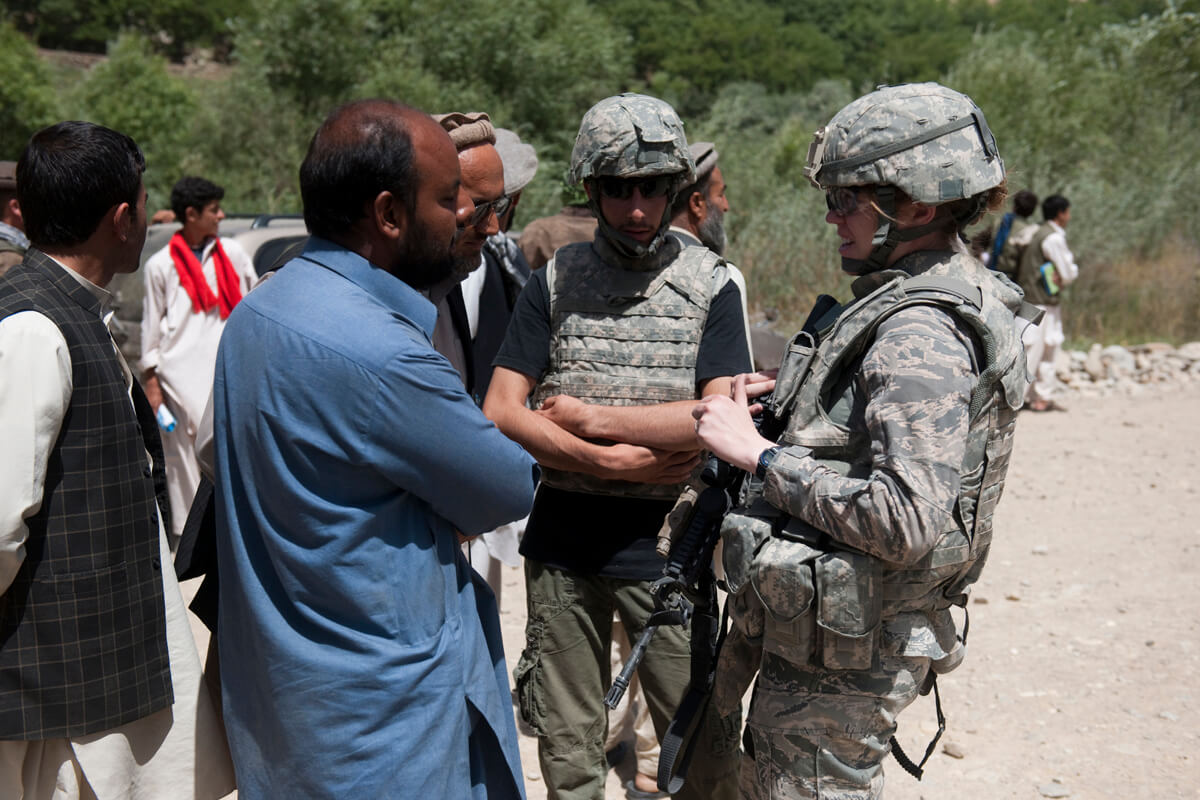
While our mission was not combat-focused, it still required us to serve alongside an infantry unit. Their mission was to get the non-combat-focused career fields to the desired locations to meet with the local Afghans or check on the progress of various projects throughout the Province. Our team had seven women serving as medics, security forces, public affairs, and engineers. There was always at least one female in each convoy. And even though most of our convoys were uneventful, many of us saw combat — myself included. There were PRTs in both Iraq and Afghanistan. Depending on the region women saw combat, some were injured and some even gave their lives in support of the mission. The PRTs are close to my personal story, but they are just one group where women were added to support infantry units to meet the mission.
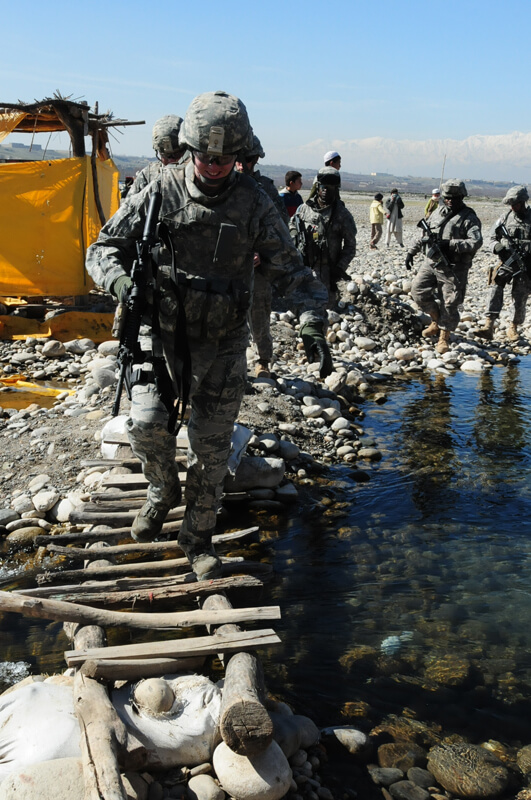
Team Lioness were the first women to formally be connected to serve alongside combat units in Iraq. Their story is documented in “Lioness,” which follows five women who saw action in the Sunni Triangle in 2003 and 2004. Women played a vital role in helping not only calm women and children but also complete searches of the women. The success of Team Lioness in Iraq led to the creation of Female Engagement Teams (FET) in Afghanistan in 2008. FETs expanded the role of women in combat including “searching women at polling sites and checkpoints, running medical clinics, distribution of over-the-counter medicines, distribution of humanitarian aid, and conducting engagements in Afghan homes.”
Then predicated on the success of the FETs, Cultural Support Teams (CSTs) were created by the U.S. Special Forces. CSTs allowed women to take on not only a humanitarian role, but they were also given specialized training so that they could serve alongside Green Berets and Army Rangers. Women were critical in meeting the Counter Insurgency (COIN) strategy by reaching half of the population that U.S. forces could not reach because of gender exclusion.
These units were in place well before the 2013 announcement that combat exclusion would be lifted in 2015. In truth, the success of these teams and many other stories of women stepping up to fill roles in both Iraq and Afghanistan were what led to that change. However, the PR campaign by the military to promote women in combat left out the stories of what made the change happen. Instead, it was marketed as a new, untested idea with a slow two-year transition (even though women were already serving in the roles).
The question isn’t should women be in combat roles; that question was answered more than 20 years ago when we fought two wars and the military relied on women for mission success overseas. Women give the U.S. military a much needed different perspective, and makes it a stronger force because of that diversity of experience and insight.


